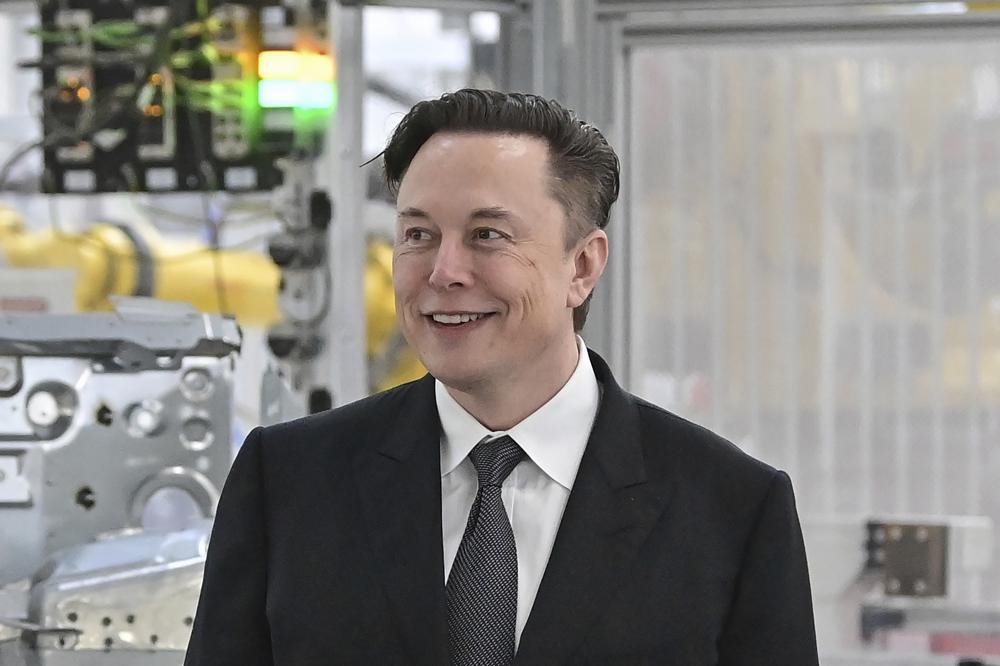When Sierra Leone announced it had become the fifth African country to grant a license to Starlink, SpaceX’s satellite broadband service, it symbolized a potentially transformative moment for the African continent. With only 40% of its over 1.3 billion population having internet access – the lowest rate in the world – such technologies could bridge the digital divide.
Unprecedented Connectivity
Starlink’s uniqueness lies in its Low-Earth Orbit satellites. Unlike traditional internet satellites stationed roughly 35,000 km from Earth, Starlink’s satellites orbit at about 550 km. This closer proximity promises to offer remote parts of Africa the same connectivity as urban centers, sidestepping the enormous costs associated with land-based telecom towers and subsea fiber cables.
For countries like Sierra Leone, where the internet penetration rate stood at just 21.2% at the start of 2023, such technology could be revolutionary. Notably, the optimism about Starlink’s potential to make the internet accessible to every Sierra Leonean highlights the high hopes many have for the service.
The Price of Progress
However, with great promise comes great challenges. Starlink’s technology doesn’t come cheap. In Nigeria, where the minimum wage is a mere $65 per month, the initial cost of the Starlink kit is about $600, with an additional monthly fee of around $43. The affordability issue raises questions about how widespread the technology can become among the general populace.
Regulatory Hurdles
Moreover, Starlink’s journey across the continent hasn’t been entirely smooth. South Africa’s ban on Starlink kits, owing to non-compliance with the Electronics Communications Act’s stipulation on ownership by historically disadvantaged groups, exemplifies the complexities Starlink faces. Similarly, Zimbabwe and Senegal’s stringent licensing and operational regulations further demonstrate the regulatory maze the company must navigate.
Especially concerning are the arrests in Senegal, where five individuals faced hefty fines and potential jail time for selling Starlink terminals without the requisite authorizations. Such instances underscore the need for Starlink to tread carefully, ensuring full regulatory compliance.
A Continent at the Crossroads
Starlink’s entrance into the African market brings with it a mix of hope and skepticism. While the technology could genuinely revolutionize internet access, bringing countless Africans online for the first time, it’s also evident that a one-size-fits-all approach won’t work. The varied economic, social, and regulatory landscapes of African nations demand a tailored, nuanced approach.
Furthermore, as Starlink prepares to launch in an additional 19 African countries by 2024, Elon Musk and his team will need to grapple with the continent’s unique challenges. From socio-economic disparities to stringent regulations, the path to success in Africa is fraught with obstacles.
Yet, if Starlink can successfully navigate these hurdles and make its technology accessible to a broad spectrum of Africans, it stands to not only reap substantial profits but also to make a profound positive impact on the continent’s socio-economic fabric.
While Starlink’s introduction to Africa offers immense promise, its future on the continent remains uncertain, influenced by a myriad of factors ranging from affordability to regulatory compliance. Only time will tell if Starlink can truly be Africa’s digital gamechanger.
Image Credit: Patrick Pleul/Pool Photo via AP




